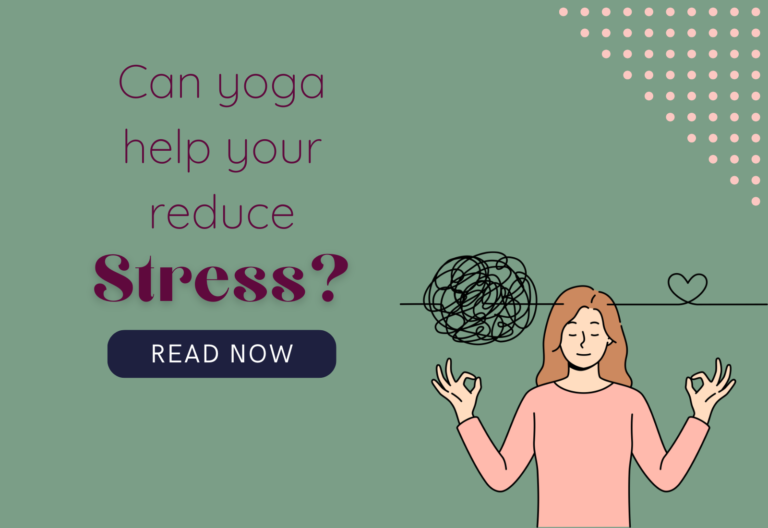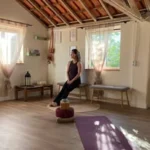Can yoga help reduce stress?
Yoga has long been celebrated as an effective tool for stress relief, offering a natural way to calm the mind and body. This ancient discipline brings together a variety of techniques—physical movement, breath control, and mental focus—that are designed to counteract the pressures of modern life.
To reap the full benefits of yoga for stress relief, it’s important to establish a consistent routine. For beginners, it’s a good idea to start with simple, short sessions that don’t feel overwhelming, even for those who feel they’re too busy for yoga. By making yoga a regular part of your life, you’ll begin to notice how it can help reduce tension and promote a sense of relaxation.
What to expect in this blog
Breathwork for Stress Management
Another central aspect of yoga is pranayama, or breath control. While we all breathe naturally, yoga teaches us to be more conscious of how we breathe. Learning to control and slow down your breathing can be one of the most effective ways to reduce stress. In moments of anxiety or overwhelm, deep breathing can activate the body’s relaxation response and quickly lower stress levels.
In addition to being a key element of yoga practice, breathing exercises can be integrated into daily life. Simply taking a few slow, deep breaths can help calm the nervous system and clear your mind in stressful situations.

Clearing the Mind
Yoga encourages mindfulness—staying present in the moment. Focusing on the rhythm of your breath is one way to disconnect from racing thoughts. This practice of mindful breathing allows you to let go of past worries and future anxieties, grounding you in the present. This is not only effective during your yoga session but can be applied outside of it to find calm during stressful moments throughout the day. It’s not something you learn in a day, and even if you sit still everyday.. everyday will be different.
The physical posture, asana’s, themselves can also serve as a form of moving meditation. Holding each asana requires full mental engagement, which keeps distractions at bay. The act of focusing on your body and breath while performing yoga poses gives your brain a break from everyday concerns, helping you feel more relaxed and balanced.
Relaxation and Deep Rest
Yoga sessions typically end with a period of deep relaxation in savasana, also known as corpse pose. This final resting position allows the body and mind to fully absorb the benefits of the practice. Although it may be challenging at first to relax completely, the time spent in savasana becomes an essential part of the stress-relief process. By simply lying still, you can let go of any lingering tension, practicing mindful breathing and quieting your thoughts.
Another effective method to relax and release muscle tension is a body scan. Many can be found on YouTube or somewhere else on the internet. Someone guides you trough your body paying attention to different parts in the body.
By incorporating these various elements of yoga into your routine—physical movement, breath control, mental focus, and relaxation—you create a powerful tool for managing stress and enhancing your well-being. Regular practice can help you navigate life’s challenges with greater ease, leaving you feeling centered, calm, sleep better, and ready to face whatever comes your way.

Can yoga help you reduce stress?
Yoga has long been celebrated as an effective tool for stress relief, offering a natural way to calm the mind and body. This ancient discipline brings together a variety of techniques—physical movement, breath control, and mental focus—that are designed to counteract the pressures of modern life.
Our Address
- Rua D. Maria Fernanda Da Mota Cardoso 902 2240-333 Ferreira do Zêzere
Opening Hours
- Monday
- Tuesday
- Thursday
- Sunsay




